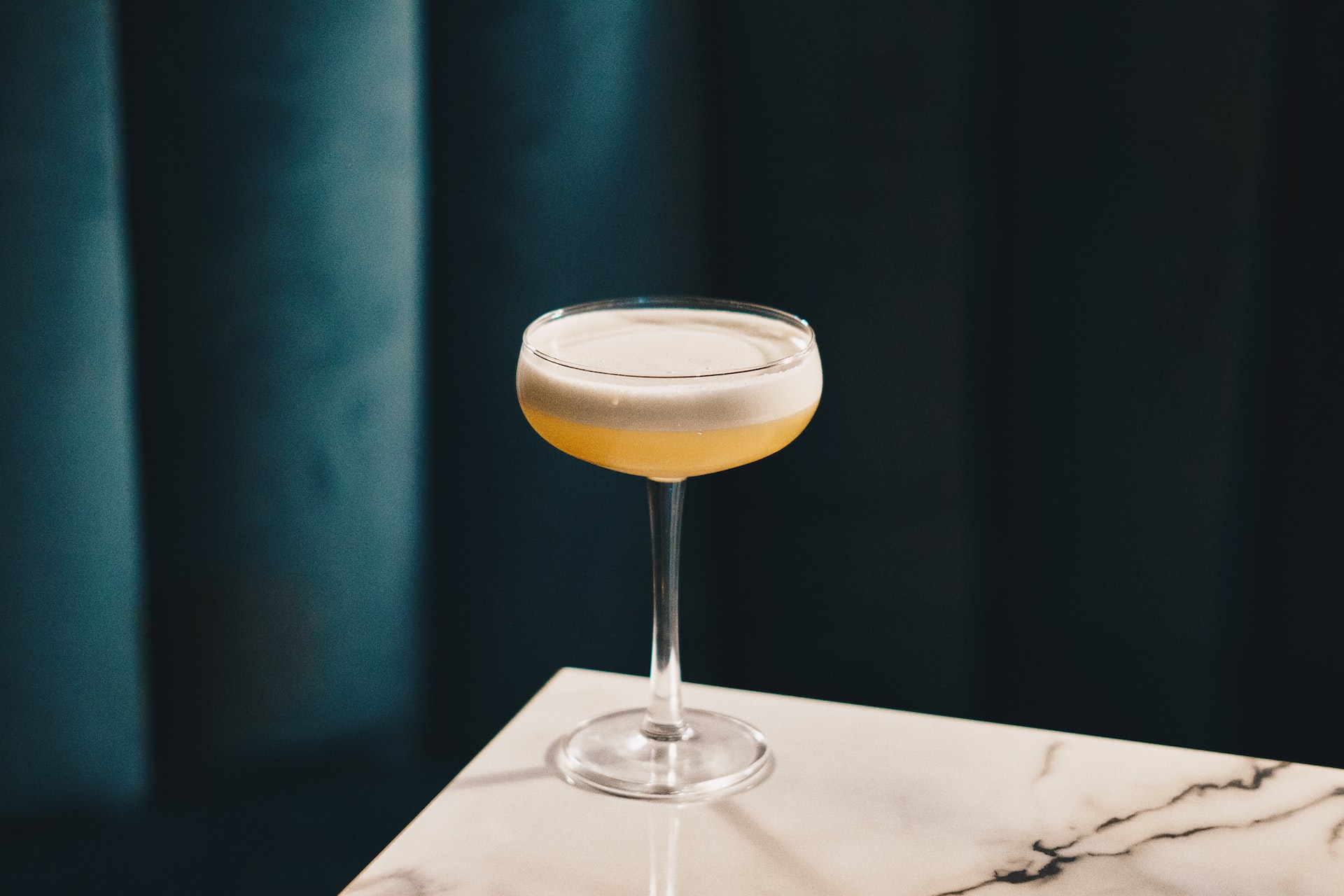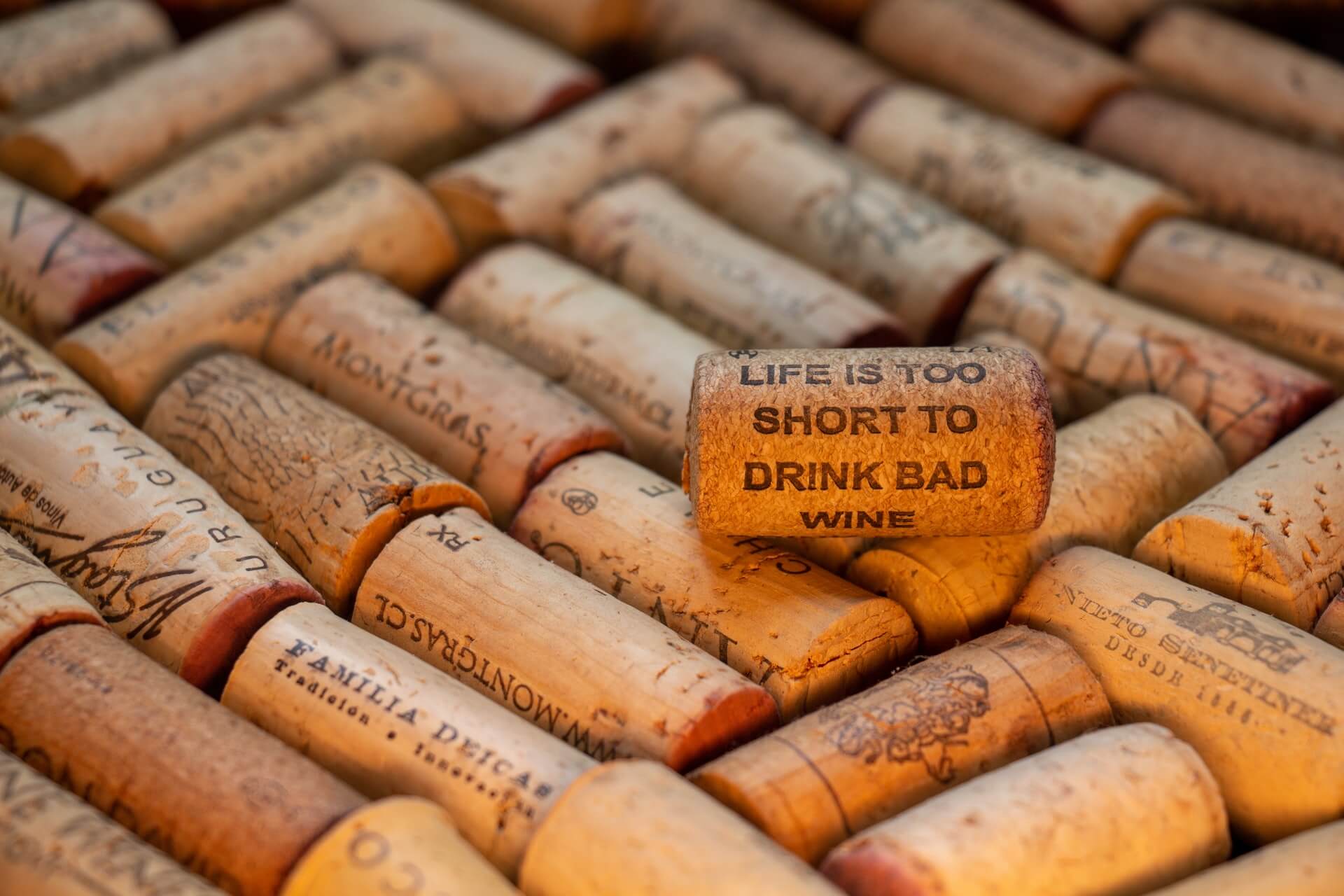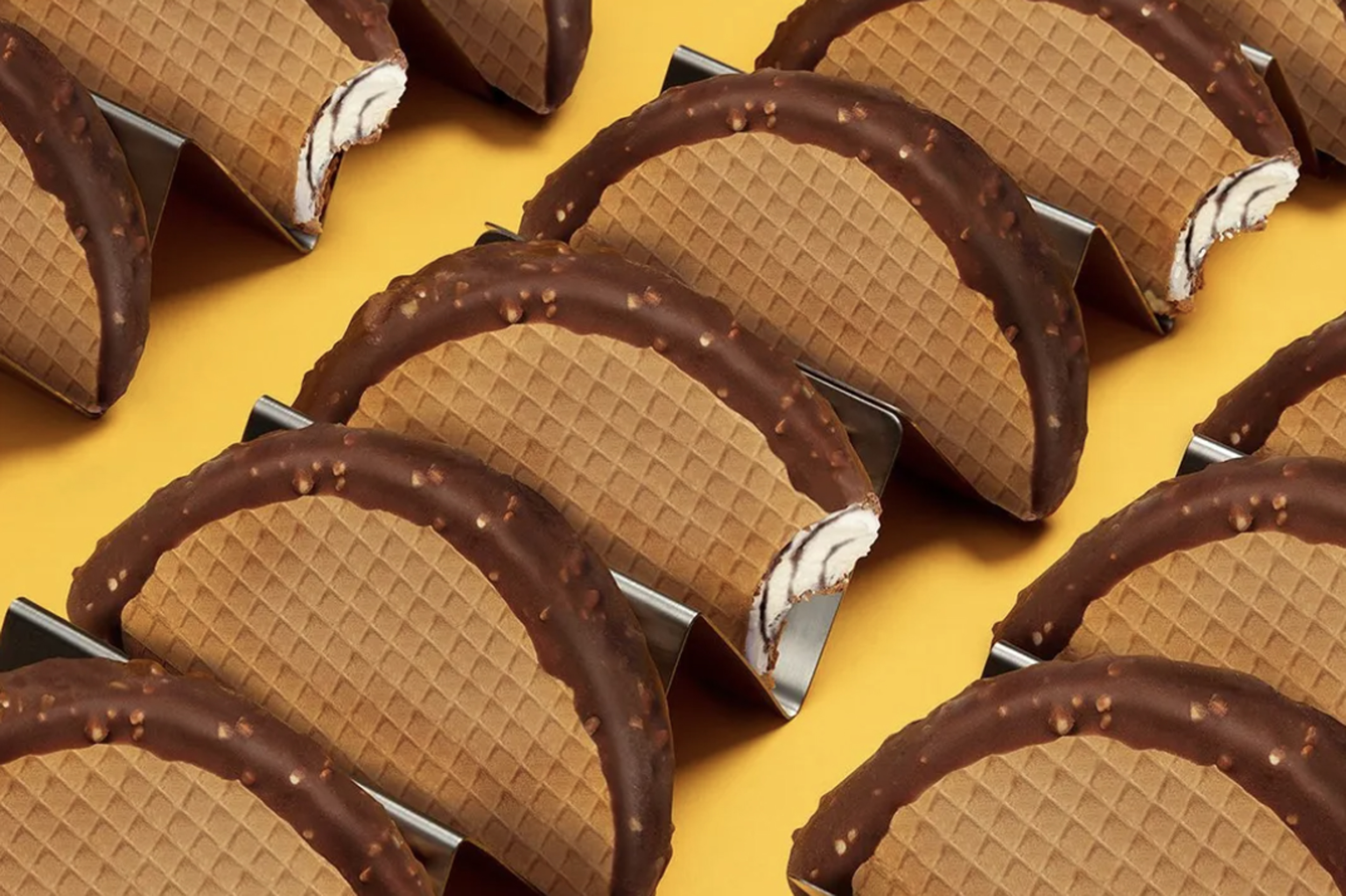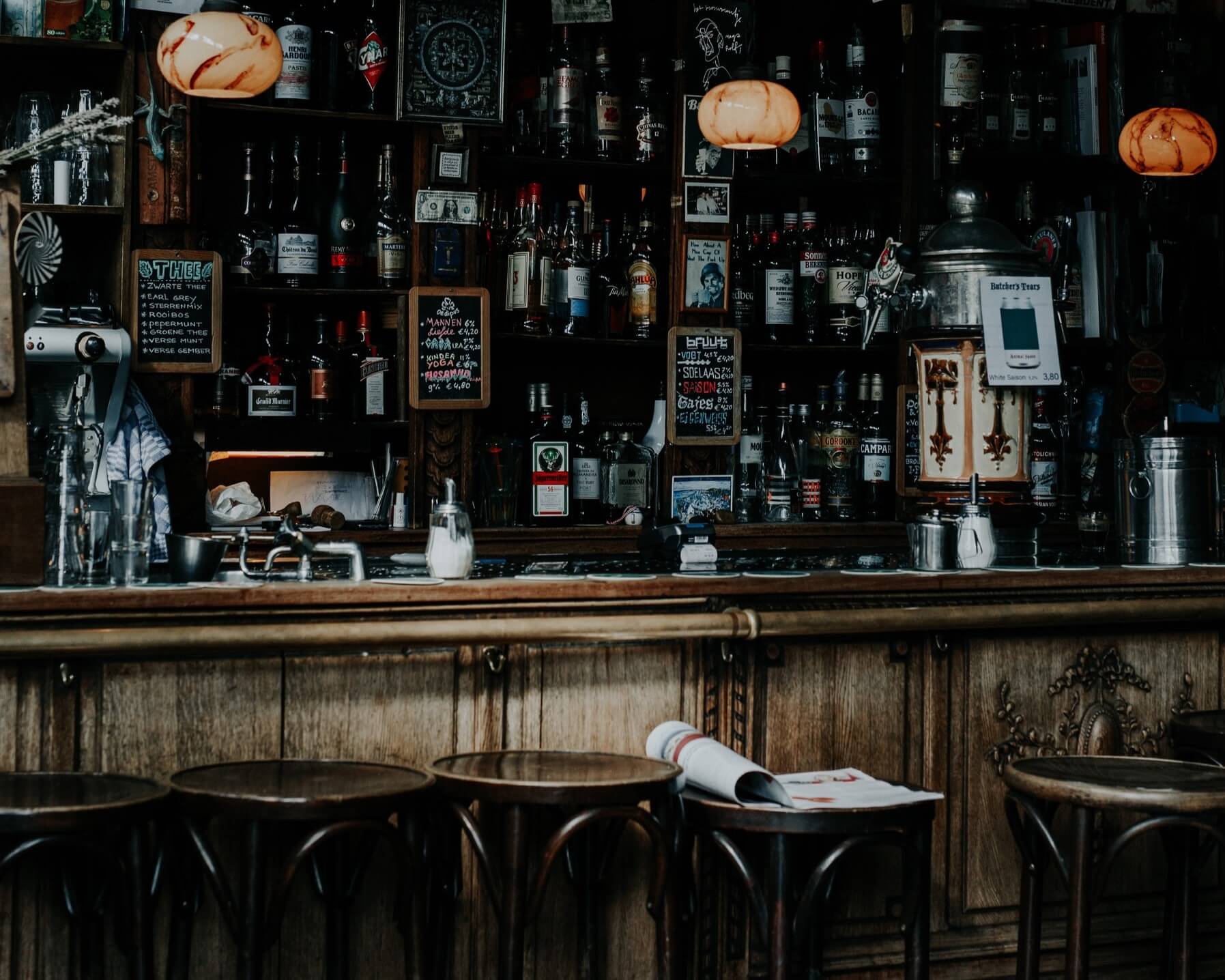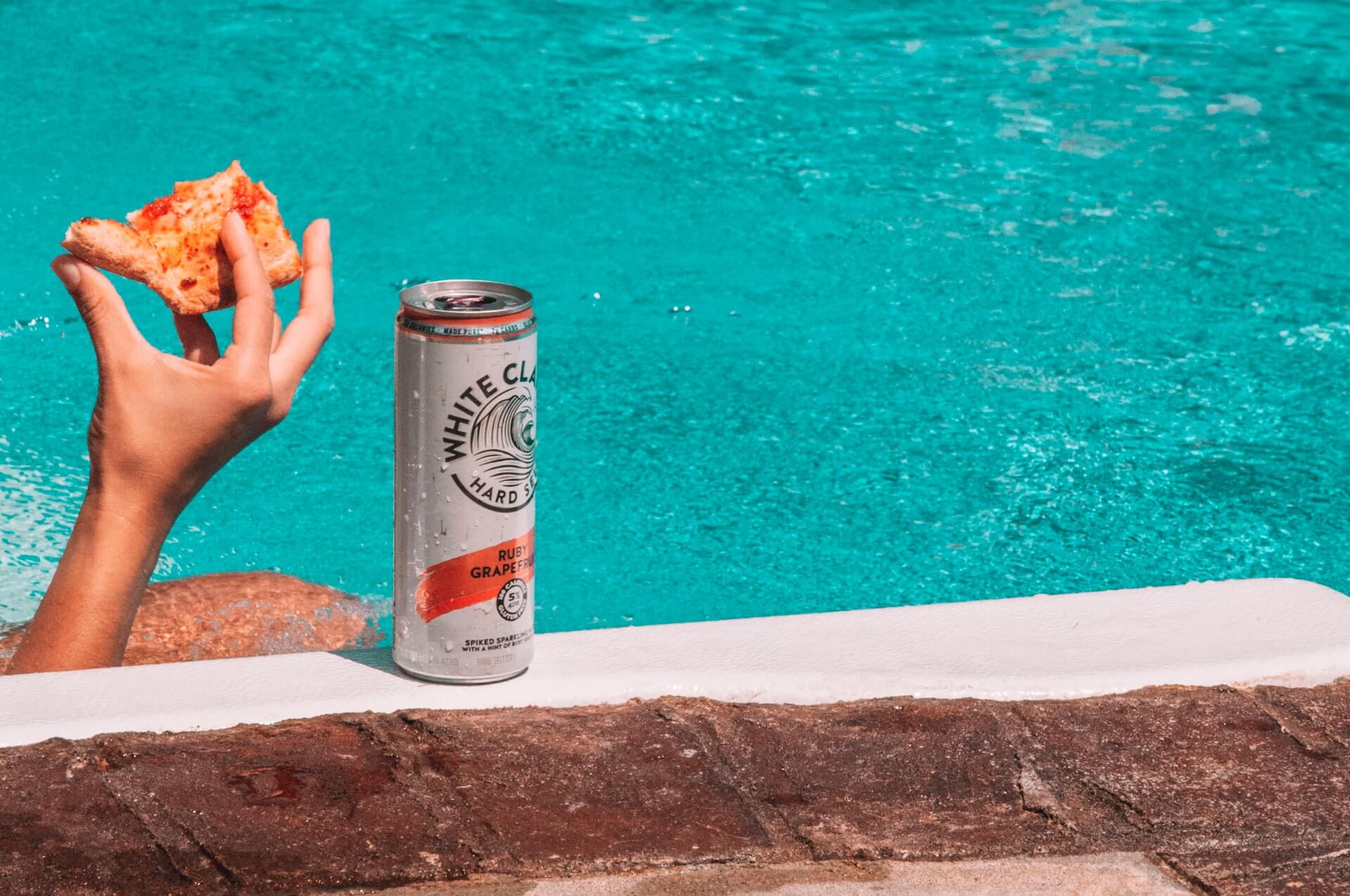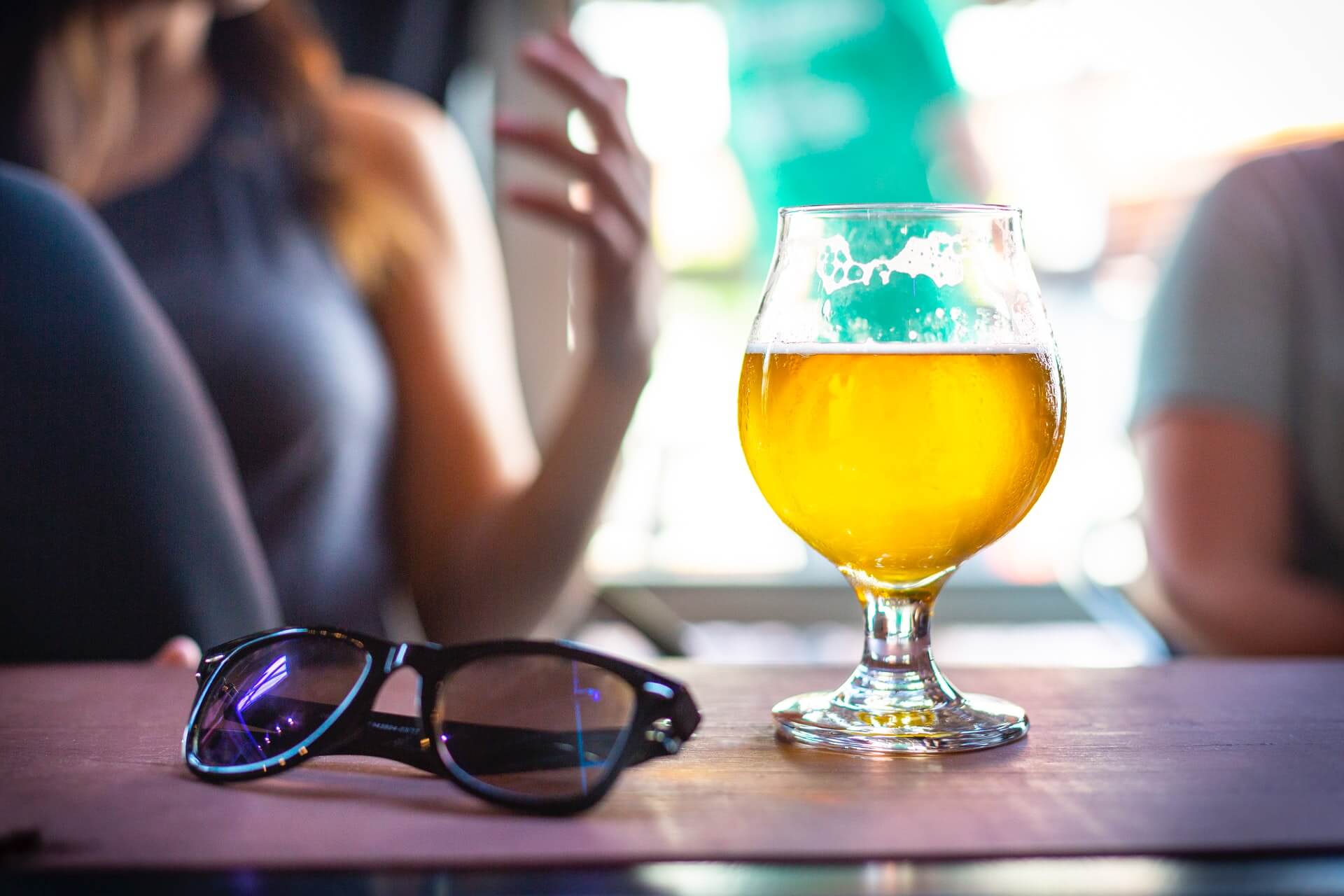Top Whisky-centric Bar Hacks Episodes
by David Klemt

We’ve had the privilege of speaking with dozens of industry experts on the Bar Hacks podcast, including whisky distillers, brand reps, and bartenders.
So, to inspire you to pull out all the stops for your World Whisky Day promotion, we’ve rounded up twelve whisky-centric Bar Hacks episodes for your listening delight.
Cheers!
Episode 12
Co-host David Klemt (that’s me) of the Bar Hacks podcast chats with Jared Boller, Canadian National Whiskey Ambassador at Proximo Spirits. Tending bar gave him the opportunity to live, work and travel around the world.
At the time of this podcast, Boller represented brands like Bushmills and Proper No. Twelve at Proximo Spirits in Canada. On episode 12, Jared discusses his journey through the world of hospitality and how operators can benefit more from working with brand ambassadors.
Episode 25
One of our favorite people in the industry—and in life in general—popped by to speak with Bar Hacks. Megan Breier is one of the most engaging, entertaining and knowledgeable educators in the hospitality and spirits industries.
In this episode, Megan explains what sets Maker’s Mark apart from other bourbons, some of the amazing activations she’s executed, Private Selection, Maker’s 101, Margie Samuels’ contributions to the brand and industry, and more. Listen now!
Episode 28
Lyre’s Spirits crafts alcohol-free spirits that masterfully mimic their full-proof counterparts. Bar Hacks co-host David Klemt sits down with Lyre’s brand ambassador, bartender and buddy Tim Rita to chat about the brand.
On episode 28 you’ll learn about one of the fastest-growing brands in one of the fastest-growing beverage categories. How is an alcohol-free brand relevant on World Whisky Day? Lyre’s makes American Malt, a zero-proof take on bourbon.
Episode 31
Ted Fleming, entrepreneur and CEO and founder of Partake Brewing, stops by to discuss the founding of the alcohol-free beer brand, the importance and growth of the non-alcohol beer category, how operators can succeed with non-alc, advice for entrepreneurs, and more.
Given the importance of low- and no-proof drink options to bar operations, Partake Brewing pairs well with brands like Lyre’s to make sober-friendly Boilermakers. Listen to this episode here.
Episode 32
Woodford Reserve brand ambassador Michael Toscano stops by to talk about the Kentucky Derby, crafting the perfect Mint Julep, maximizing the operator-brand-rep relationship, and more. Check it out now!
Episode 39
Anthony “Terry” Bohlinger, national brand ambassador for new William Grant & Sons whiskey brand Fistful of Bourbon, drops by Bar Hacks. Terry talks about launching a brand during a pandemic, representing an irreverent brand that doesn’t take itself too seriously, the hilarious videos Fistful of Bourbon created to introduce the brand, lessons learned during his journey in hospitality, and more. Listen here!
Episode 50
In our 50th episode, Travis explains the difference between a dive bar and a neighborhood bar, and notes that both Nickel City locations are “anytime bars” that welcome everyone. He also shares his hospitality journey, which saw him go from Buffalo, NY, to Florida, Las Vegas, and ultimately Texas; tips for staying on brand; hiring and retaining team members; how the hospitality industry is the entertainment industry; supporting the community during a crazy winter storm; location scouting; how there’s no better time to open a bar or restaurant than right now; and much more.
Nickel City is known for an incredible range of whiskeys, monthly whiskey specials, and specialty Boilermaker combinations. Listen to episode 50 now.
Episode 52
Lynn House, national spirits specialist and portfolio mixologist for Heaven Hill, drops by Bar Hacks to speak with host David Klemt about the second annual Old Fashioned Week.
Lynn and David also discuss bourbon, rye, hospitality, building balanced cocktails, and how trust plays a role in educating guests so you and your team can introduce them to new drinks and experiences. Listen now!
Episode 59
Whiskey expert, spirits judge, and sommelier Theo Rutherford stops by the Bar Hacks podcast to talk about Bib & Tucker Small Batch Bourbon, a prominent addition to the Deutsch Family of wine and spirits. Rutherford shares the Bib & Tucker brand story, what sets the brand apart from other bourbons, and why the 6 Year expression appeals to all categories of whiskey drinkers. He also shares tips for tasting bourbon, including how easily Bib & Tucker wins over non-whiskey drinkers.
Listen now to learn why Theo wants you to smell everything and stop swirling your whiskey at tastings.
Episode 63
David Vitale, founder of Starward Whisky, shares his journey into whisky distillation and how craft beer brewing plays a significant role. The two also discuss Australian whisky, making inroads throughout North America, and why Starward expressions work so well with food and food programs.
In this episode you’ll also find out which Starward whisky David Vitale calls the “Swiss Army knife of whiskies,” which makes the perfect Manhattan, Starward Solera, and more.
Episode 71
Glendalough Distillery co-founder, national brand ambassador, and bottlewasher Donal O’Gallachoir comes on the podcast to explain what makes the distillery’s whiskey and gin “remarkably different.” Ever since they opened their doors, Glendalough has been on a mission to honor Irish distilling heritage and returning Irish whiskey and gin to the top of their respective spirits categories.
Donal also shares the details of Glendalough’s newest release: batch number one of 7 Years Mizunara Finish. Listen now!
Episode 74
David Vitale, founder of Starward Whisky, returns from Australia and returns to the Bar Hacks podcast! The Australian whisky producer took home an incredible amount of medals from the 2022 San Francisco World Spirits Competition. David tells host David Klemt what it was like to see the final award tally, how the Starward team reacted, and dove into the mission and vision of Starward Whisky.
The two also discuss the award-winning expressions that are either already available in the US or on their way to American shores. David shares the details of the Fortis, Octave Barrels, Unexpeated, and Dolce expressions. And for the single-barrel lovers out there, David also dives into the magic behind single barrel bottlings Nos. 684, 3278, and 4539. It’s exciting to learn about the expressions joining Two-Fold, Nova, Solera, and Ginger Beer Cask #6. Listen to episode 74 here!
Image: Amr Taha™ on Unsplash



